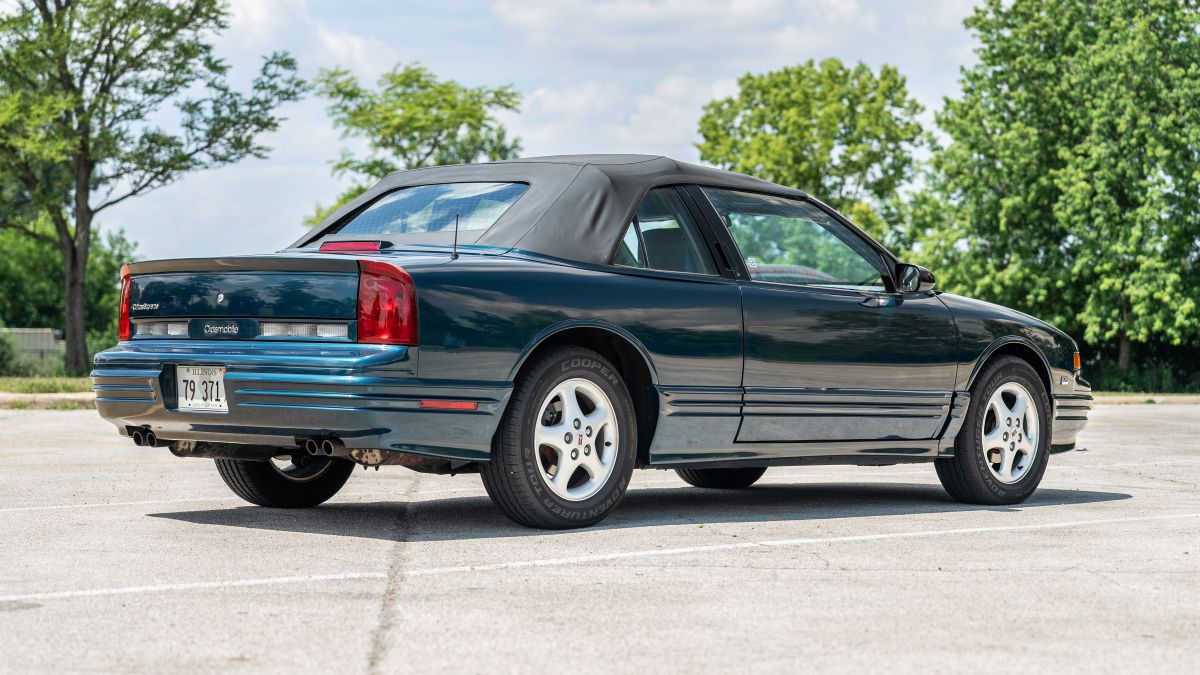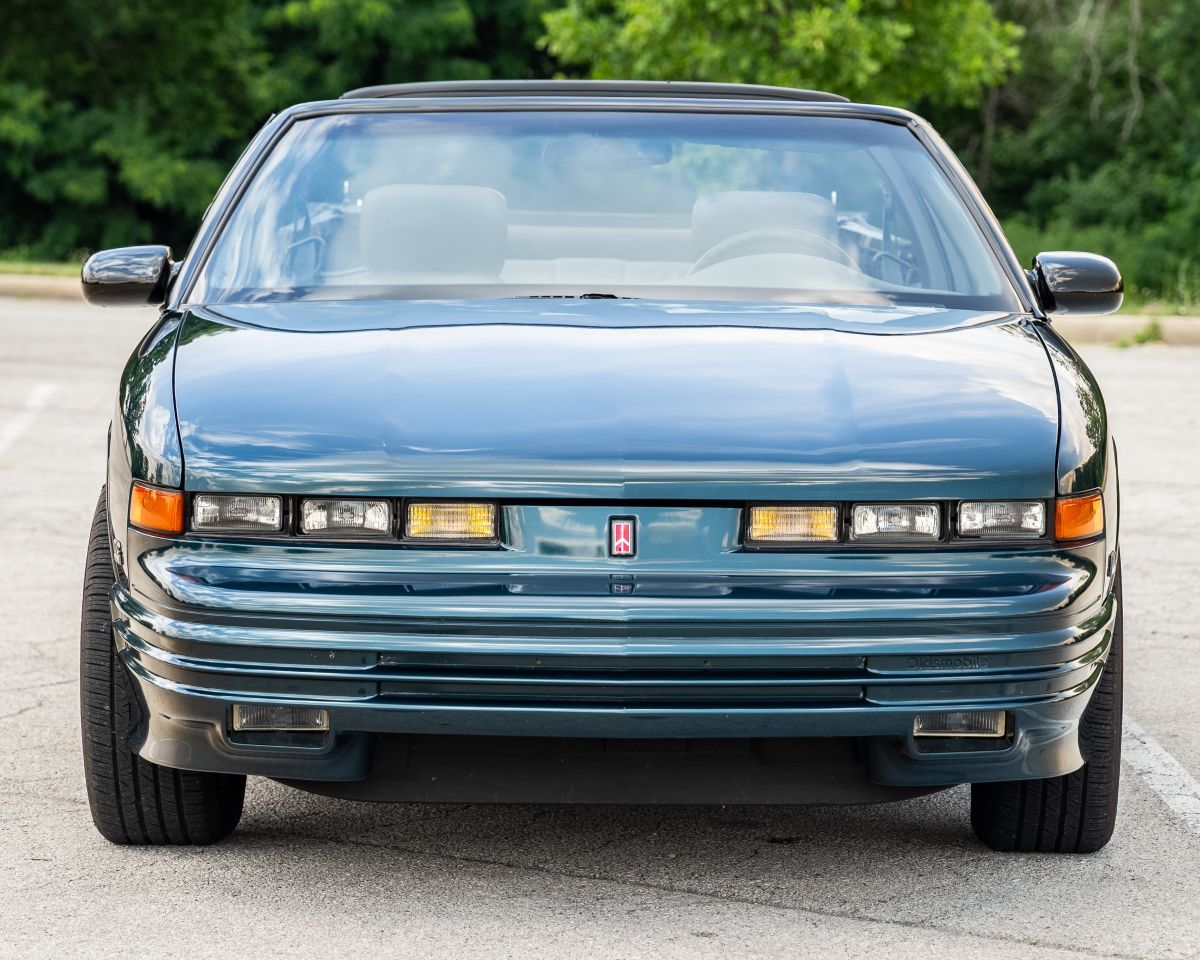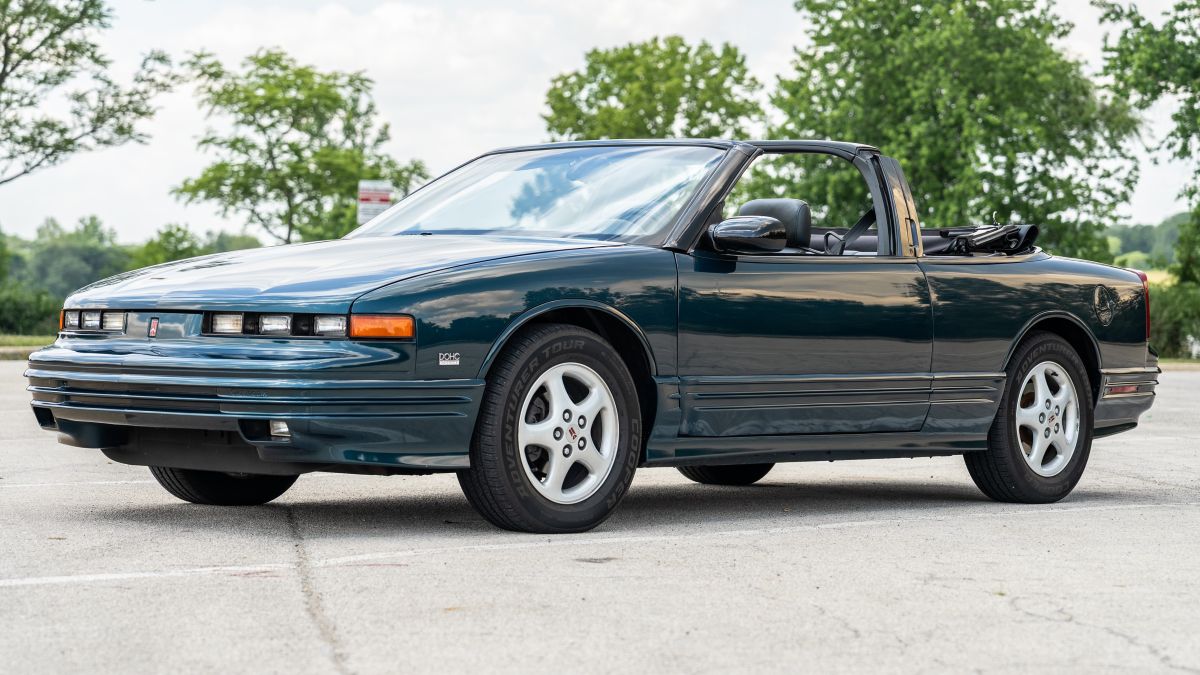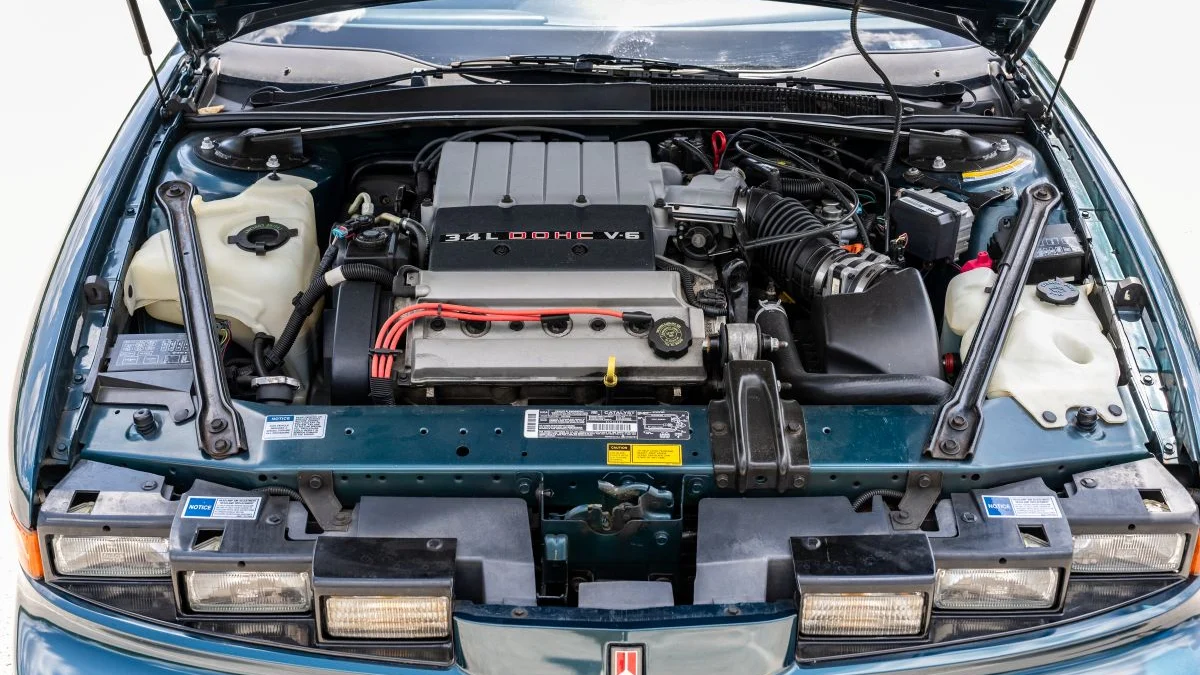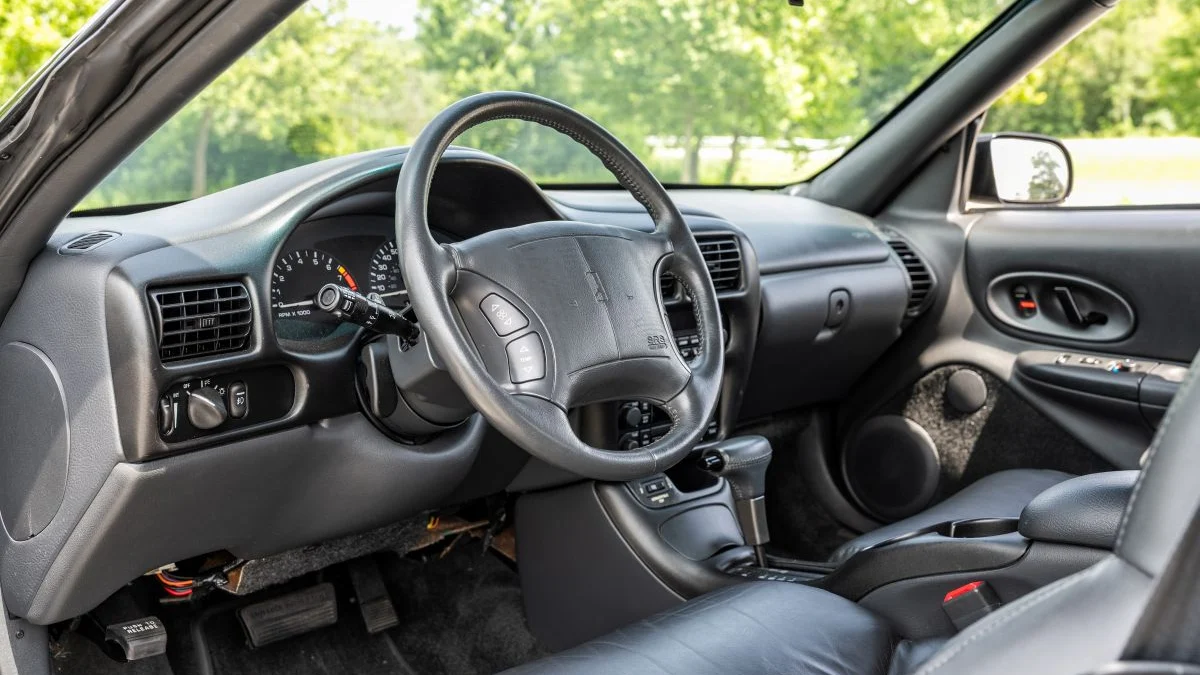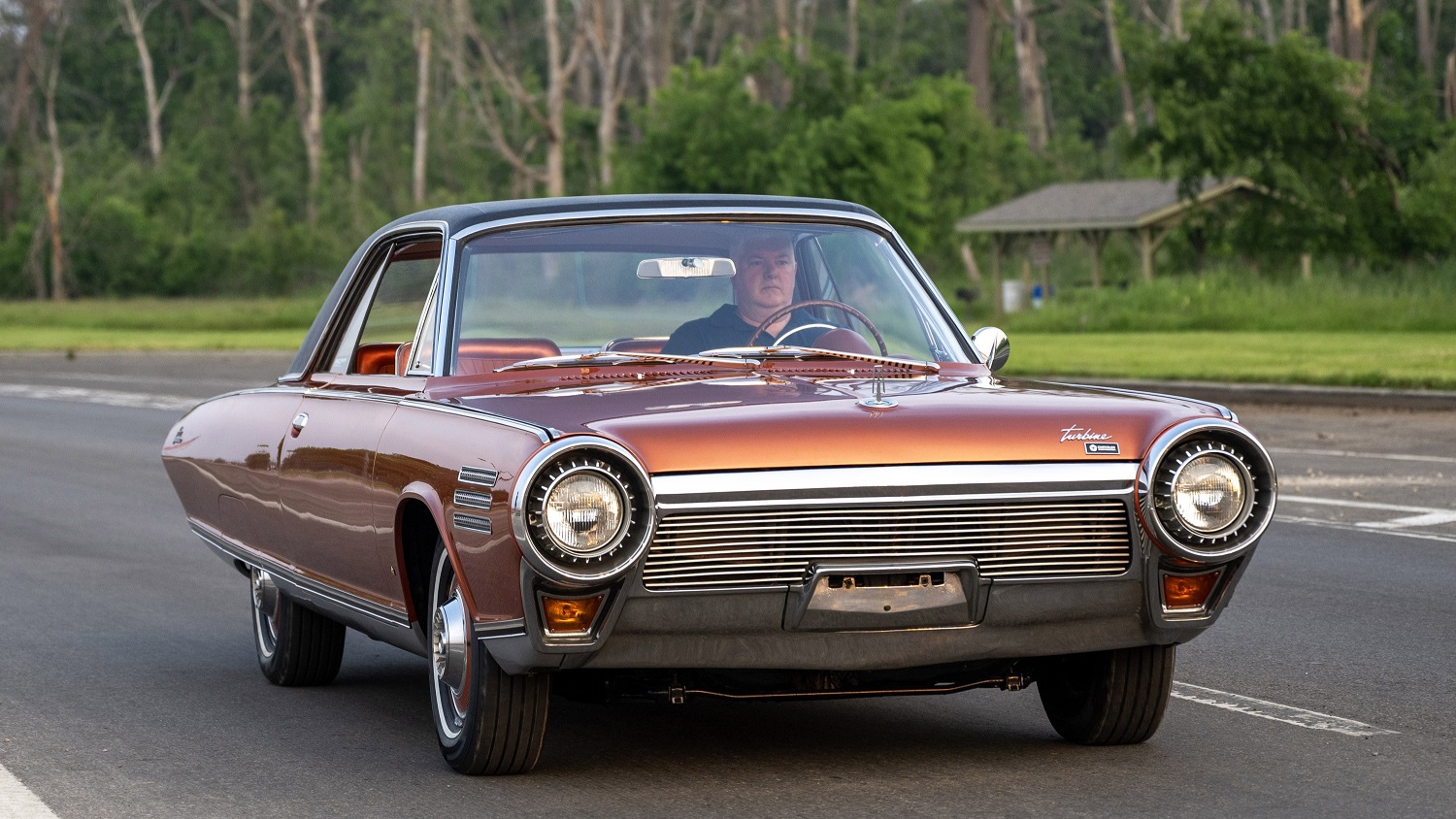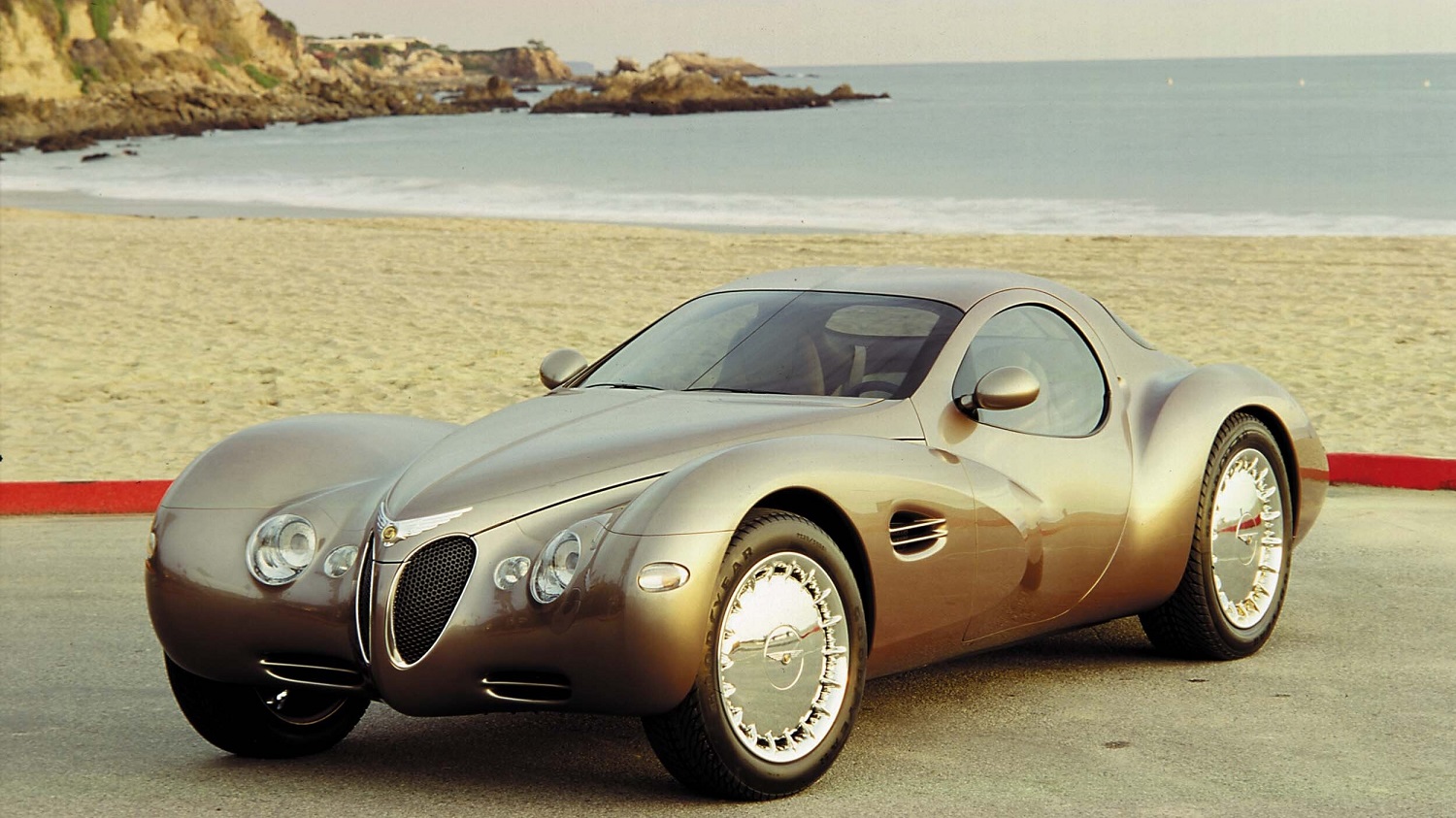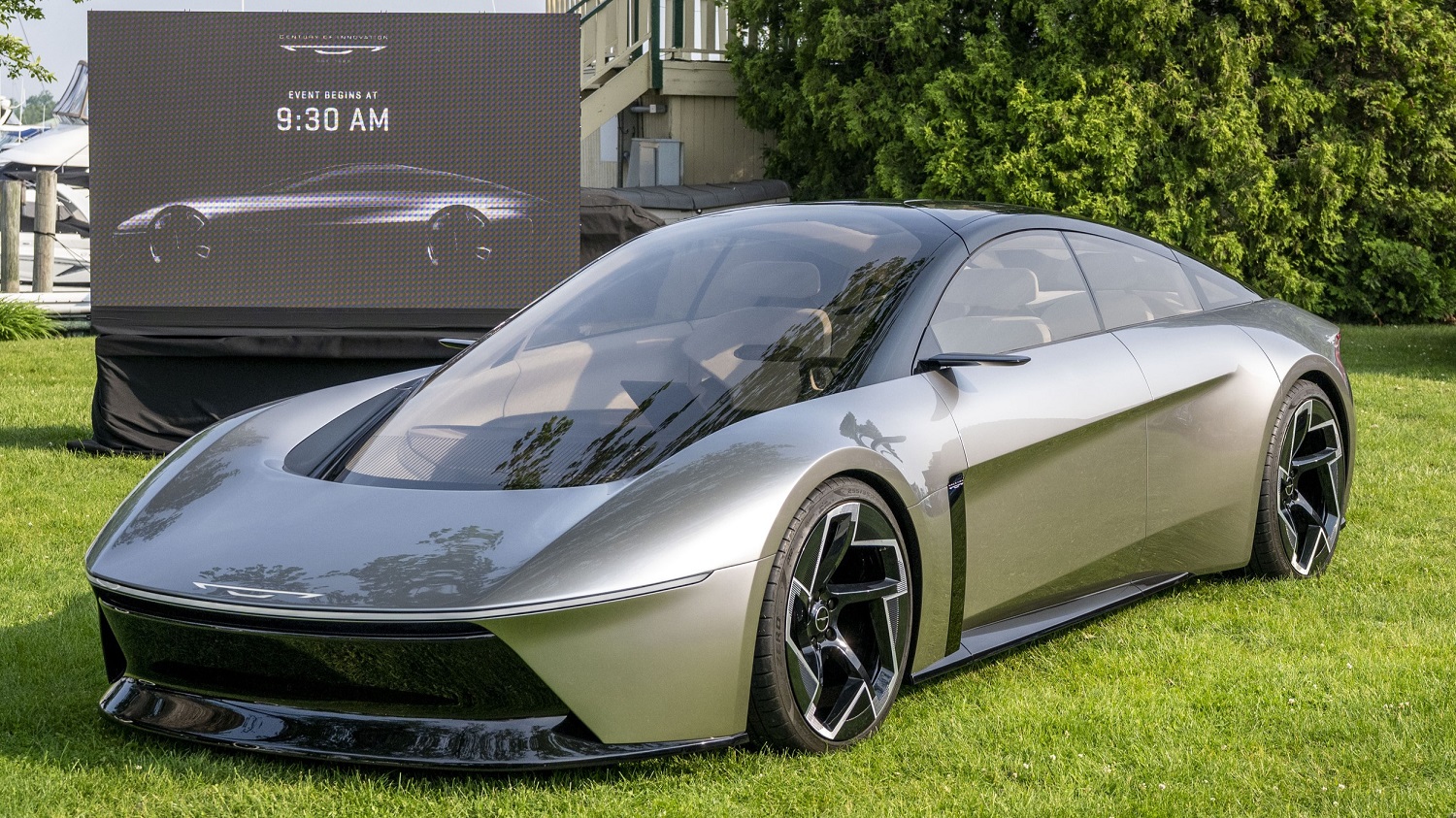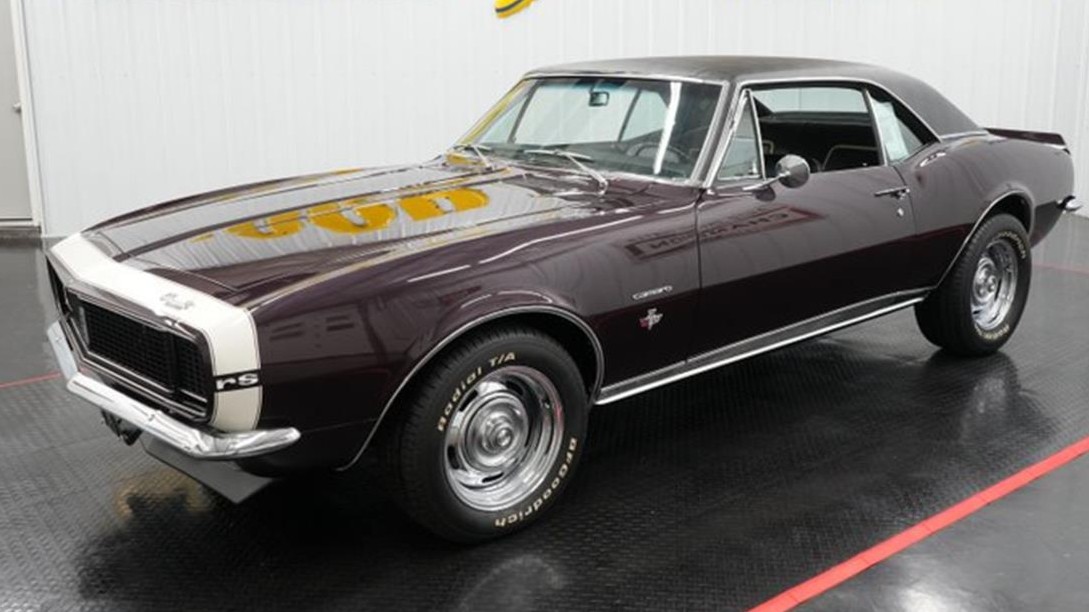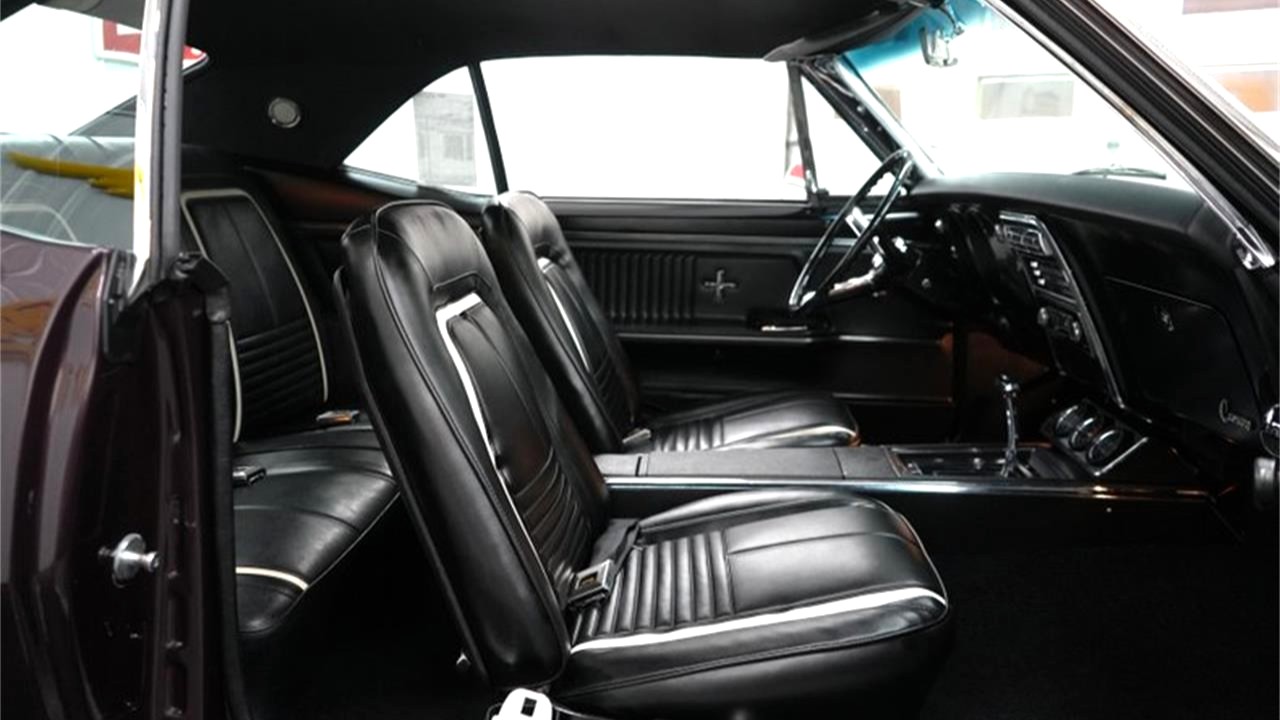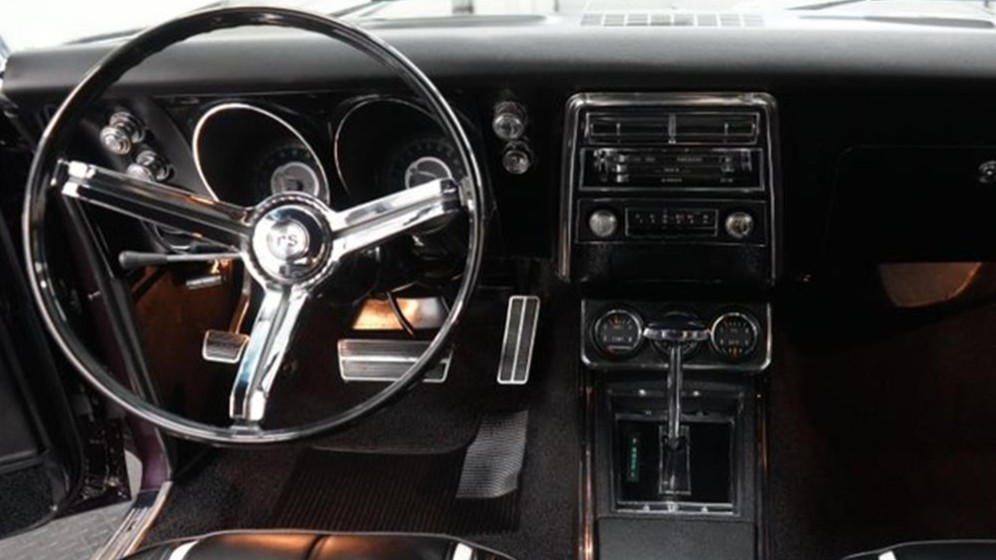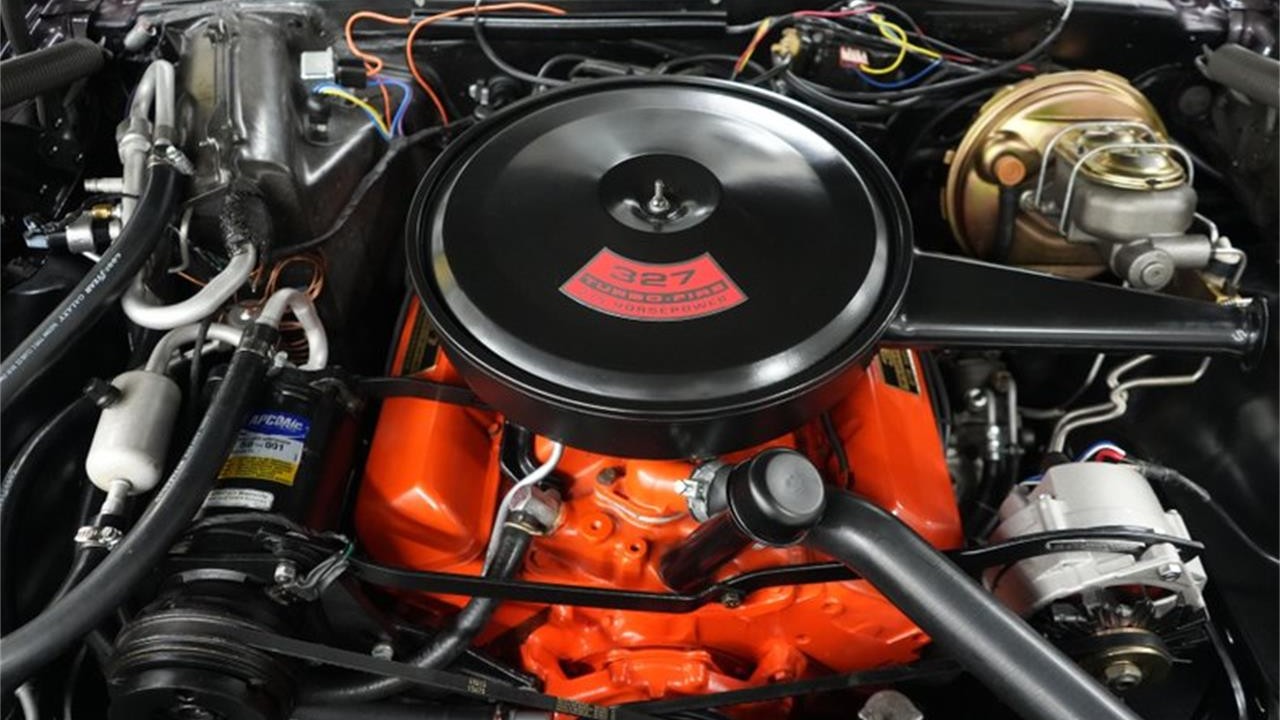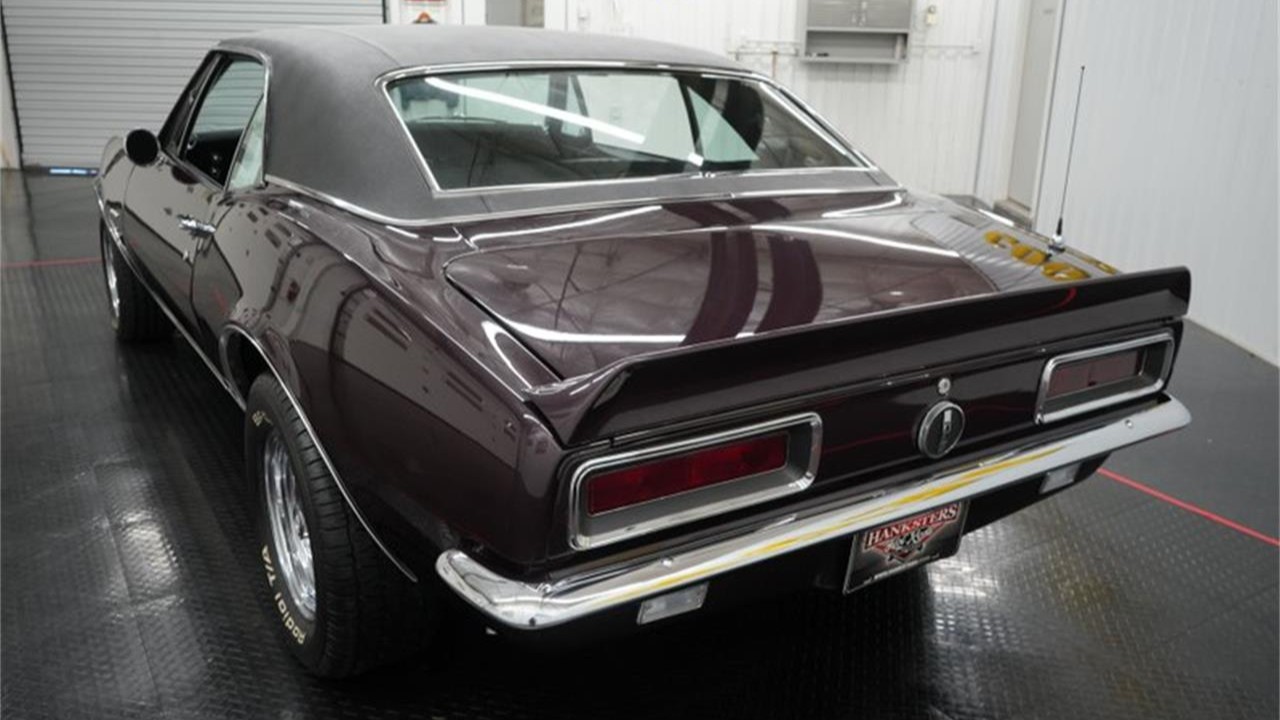Barrett-Jackson announced today the company is bringing The World’s Greatest Collector Car Auctions to Columbus, Ohio, June 25-27, 2026, at the Ohio Expo Center & State Fairgrounds. The 2026 Columbus Auction marks Barrett-Jackson’s first automotive lifestyle event hosted in the Midwest and will include a broad range of classic, custom, supercars and collectible vehicles, as well as authentic automobilia pieces.
The 2026 Barrett-Jackson Columbus Auction will be held at the Ohio Expo Center & State Fairgrounds, long considered one of the most dynamic and unique event venues in the Midwest. Located in the heart of Columbus on a campus occupying 360 acres, the Expo Center features 19 buildings and 1.4 million square feet of event space under roof, as well as on-site parking for 14,000 vehicles, making it one of the most flexible and accommodating sites in the region.
“We’re thrilled to team up with the city of Columbus to host our first-ever collector car auction in America’s heartland,” said Craig Jackson, chairman and CEO of Barrett-Jackson. “Home of the Ohio State Buckeyes National College Football Championship team, the city is also known for its upscale hotels, restaurants and entertainment options – all providing a perfect setting for our collector car auctions. We’ve anticipated the completion of the Expo Center’s $460 million renovation for some time now, and look forward to bringing our automotive lifestyle experience to Columbus next year.”
With almost half of the nation’s population within a 600-mile radius, and just minutes from downtown Columbus and the John Glenn Columbus International Airport, the Expo Center’s $460-million dollar renovation will be completed in 2026.
“We’re thrilled to host Barrett-Jackson and their world-class collector car auction in Columbus next June,” said Ohio Expo Center & State Fairgrounds Executive Director Adam Heffron. “Our state has a rich legacy of bringing together enthusiasts, experts, and events from across the automotive industry. We’re proud of the ongoing improvements to our facility and honored to welcome Barrett-Jackson to the grounds. We look forward to the impact the auction will have on our local community.”
Ideal for seasoned collectors, new buyers and fans, Columbus has a history with national collector car events, making it a great fit for Barrett-Jackson. The centrally located region, with its proximity to Detroit, has deep automotive roots and is one of the nation’s largest vehicle and parts manufacturing sectors.
“A dynamic and diverse city, Columbus is a vibrant location for one of our world-famous collector car auctions,” said Steve Davis, president of Barrett-Jackson. “Our automotive lifestyle events will be a perfect addition to the area’s flourishing culture of art, food, sports and entertainment. Mark your calendars now to join us in Columbus in 2026, because we’re ready to make collector car history in the Buckeye State.”
Be a part of Barrett-Jackson’s online conversation with #BarrettJackson and #BJAC on Facebook, X, Instagram and YouTube.

